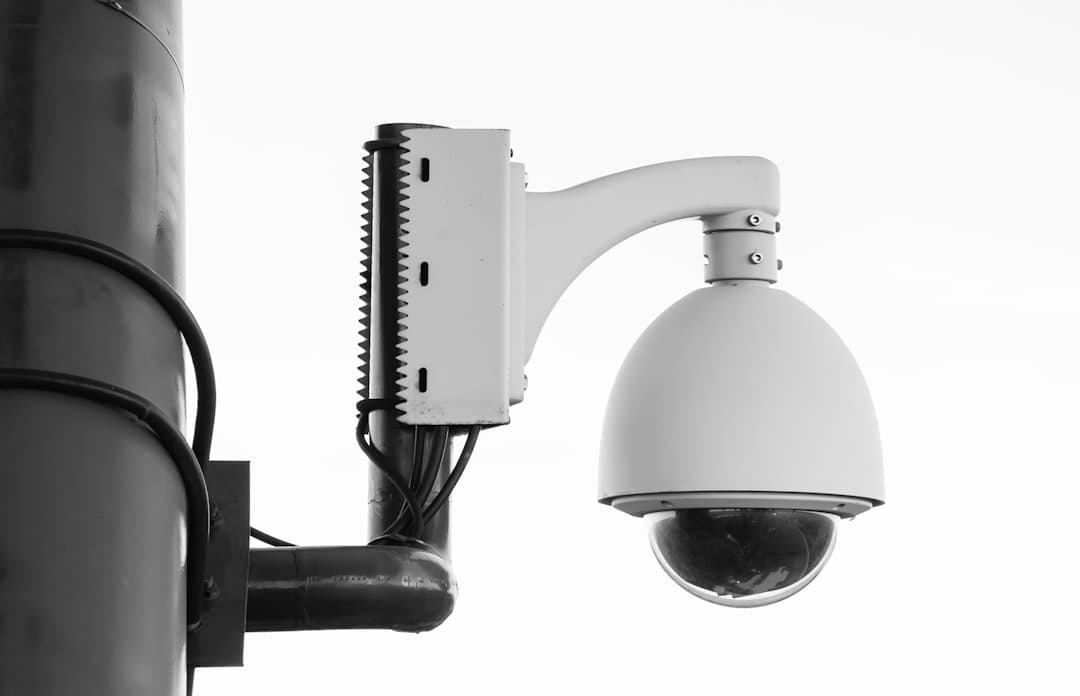Brute force attacks are a prevalent cybersecurity threat used to gain unauthorized access to systems or accounts. This method involves systematically attempting every possible combination of usernames and passwords until the correct credentials are identified. It is an uncomplicated yet potentially effective approach that does not require specific knowledge about the target system.
While brute force attacks can be performed manually, they are frequently automated using specialized software capable of rapidly testing thousands or millions of combinations in a short period. These attacks can target any system or service requiring authentication, including websites, applications, and network devices. The danger of brute force attacks lies in their ability to bypass traditional security measures such as firewalls and intrusion detection systems.
Once an attacker successfully gains access through a brute force attack, they may engage in various malicious activities, including data theft, malware installation, or further system compromise. Due to the significant risks posed by brute force attacks, it is essential for organizations to implement robust protection measures specifically designed to defend against this type of threat. These measures may include account lockouts, multi-factor authentication, strong password policies, and rate limiting of login attempts.
Key Takeaways
- Brute force attacks are a common method used by hackers to gain unauthorized access to systems by trying multiple combinations of usernames and passwords.
- Brute force protection is crucial for preventing unauthorized access and protecting sensitive data from being compromised.
- Auth0’s brute force protection works by monitoring failed login attempts and implementing security measures such as account lockouts and CAPTCHA challenges.
- Implementing Auth0 brute force protection involves configuring security settings and integrating with existing authentication systems.
- Monitoring and managing brute force protection involves analyzing login attempts, setting up alerts for suspicious activity, and adjusting security policies as needed.
- Best practices for brute force protection include using strong passwords, implementing multi-factor authentication, and regularly updating security measures.
- The future of brute force protection with Auth0 involves continuous improvements in detecting and preventing unauthorized access, as well as integrating with advanced security technologies.
The Importance of Brute Force Protection
Brute force protection is essential for safeguarding against unauthorized access and protecting sensitive information. Without proper protection in place, organizations are vulnerable to brute force attacks that can lead to data breaches, financial loss, and damage to their reputation. By implementing effective brute force protection measures, organizations can significantly reduce the risk of unauthorized access and mitigate the potential impact of a successful attack.
In addition to protecting against brute force attacks, implementing robust protection measures can also help organizations comply with industry regulations and standards related to data security. Many regulatory frameworks, such as the General Data Protection Regulation (GDPR) and the Payment Card Industry Data Security Standard (PCI DSS), require organizations to implement strong security measures to protect sensitive data. By implementing brute force protection, organizations can demonstrate their commitment to data security and compliance with these regulations.
How Auth0 Brute Force Protection Works

Auth0 offers a comprehensive brute force protection solution that helps organizations defend against unauthorized access and protect sensitive information. The platform uses advanced algorithms to detect and block suspicious login attempts in real time, preventing attackers from gaining access through brute force attacks. Auth0’s brute force protection solution is designed to be highly effective while minimizing impact on legitimate users, ensuring a seamless and secure authentication experience.
Auth0’s brute force protection works by analyzing login attempts and identifying patterns that indicate a potential brute force attack. When suspicious activity is detected, such as multiple failed login attempts from the same IP address, the platform automatically blocks further login attempts from that source. This proactive approach helps organizations defend against brute force attacks without disrupting legitimate users’ access to their accounts.
Implementing Auth0 Brute Force Protection
| Metrics | Value |
|---|---|
| Number of failed login attempts | 25 |
| Number of blocked IP addresses | 10 |
| Number of successful logins | 150 |
| Number of login attempts per user | 5 |
Implementing Auth0’s brute force protection is straightforward and can be done through the platform’s intuitive administrative interface. Organizations can configure the brute force protection settings to meet their specific security requirements, including defining thresholds for suspicious activity and setting up notifications for security teams. Auth0’s flexible configuration options allow organizations to tailor the brute force protection solution to their unique needs and ensure comprehensive defense against unauthorized access.
To implement Auth0’s brute force protection, organizations can leverage the platform’s extensive documentation and support resources, which provide detailed guidance on configuring and optimizing the protection measures. Additionally, Auth0 offers professional services and support from security experts who can assist organizations in implementing and fine-tuning their brute force protection solution to maximize its effectiveness.
Monitoring and Managing Brute Force Protection
Once Auth0’s brute force protection is implemented, organizations can monitor and manage the solution through the platform’s administrative interface. The interface provides real-time visibility into login attempts and suspicious activity, allowing security teams to quickly identify and respond to potential threats. Organizations can also generate reports and analytics to gain insights into login patterns and identify areas for further optimization of their brute force protection measures.
In addition to monitoring login activity, organizations can manage their brute force protection settings through the administrative interface, adjusting thresholds and configurations as needed to adapt to evolving security requirements. Auth0’s intuitive management tools make it easy for organizations to maintain strong protection against brute force attacks while ensuring a seamless authentication experience for legitimate users.
Best Practices for Brute Force Protection

In addition to implementing Auth0’s robust brute force protection solution, organizations can follow best practices to further enhance their defense against unauthorized access. One best practice is to enforce strong password policies, requiring users to create complex passwords that are difficult for attackers to guess or crack through brute force methods. Additionally, organizations can implement multi-factor authentication (MFA) to add an extra layer of security beyond passwords, making it even more challenging for attackers to gain unauthorized access.
Another best practice is to regularly review and update brute force protection settings based on evolving security threats and organizational requirements. By staying proactive and continuously optimizing their protection measures, organizations can ensure they are effectively defending against the latest attack techniques and maintaining a strong security posture.
The Future of Brute Force Protection with Auth0
As cyber threats continue to evolve, Auth0 remains committed to advancing its brute force protection capabilities to defend against emerging attack techniques. The platform’s dedicated security team continuously monitors and analyzes new threats, leveraging this intelligence to enhance its brute force protection solution and ensure organizations are protected against the latest attack vectors. In the future, Auth0 plans to further integrate machine learning and artificial intelligence technologies into its brute force protection solution, enabling more advanced threat detection and response capabilities.
By leveraging these cutting-edge technologies, Auth0 aims to provide organizations with even stronger defense against brute force attacks while minimizing impact on legitimate users. In conclusion, brute force attacks pose a significant threat to organizations’ security and data integrity. By implementing robust brute force protection measures, such as Auth0’s advanced solution, organizations can effectively defend against unauthorized access and protect sensitive information.
With ongoing advancements in technology and security capabilities, the future of brute force protection with Auth0 looks promising, offering organizations the confidence they need to safeguard against evolving cyber threats.
If you’re interested in learning more about the importance of protecting user authentication in the digital world, you might want to check out this article on what the metaverse is. Understanding the potential risks and vulnerabilities in virtual environments can help inform the development of effective security measures, such as Auth0’s brute force protection feature.
FAQs
What is Auth0 brute force protection?
Auth0 brute force protection is a security feature that helps prevent unauthorized access to user accounts by detecting and blocking repeated login attempts using various combinations of usernames and passwords.
How does Auth0 brute force protection work?
Auth0 brute force protection works by monitoring login attempts and analyzing patterns to identify potential brute force attacks. When suspicious activity is detected, such as a high number of failed login attempts within a short period of time, Auth0 can automatically block the offending IP address or require additional verification steps, such as CAPTCHA or multi-factor authentication.
Why is Auth0 brute force protection important?
Auth0 brute force protection is important because it helps safeguard user accounts from unauthorized access and potential security breaches. By detecting and mitigating brute force attacks, organizations can protect sensitive user data and maintain the trust of their customers.
What are the benefits of using Auth0 brute force protection?
The benefits of using Auth0 brute force protection include enhanced security for user accounts, reduced risk of unauthorized access, and the ability to maintain compliance with data protection regulations. Additionally, implementing brute force protection can help organizations demonstrate their commitment to protecting user privacy and security.
How can organizations implement Auth0 brute force protection?
Organizations can implement Auth0 brute force protection by configuring the security settings within their Auth0 account. This may include setting thresholds for failed login attempts, enabling multi-factor authentication, and customizing the response to suspicious login activity. Additionally, organizations can integrate Auth0 with their existing security infrastructure to further enhance protection against brute force attacks.











Leave a Reply